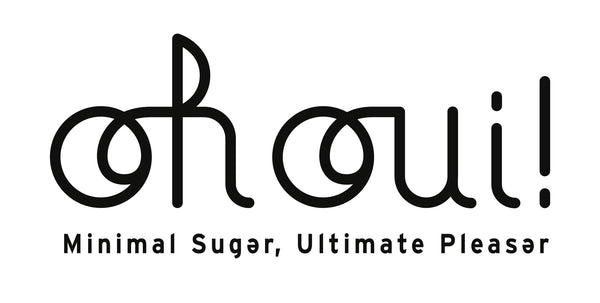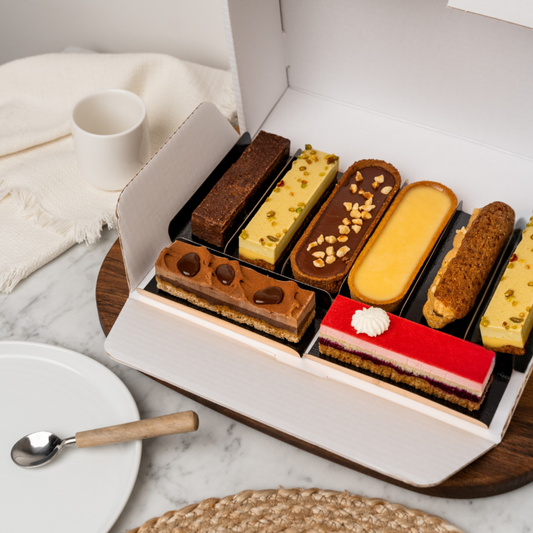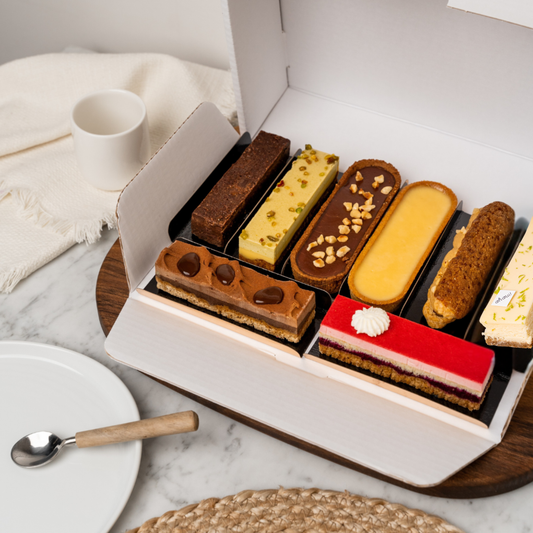First of all, it is important to know that sugar (or glucose) is much more present in everyday food than we think. It is not enough to cut down on sweets or certain drinks such as soft drinks to limit sugar consumption.
Indeed, sugar or glucose is present in different forms:
The best known is white sugar or in other words refined sugar (composed of 99% sucrose), it is the most common sugar, used largely in processed products. A processed product is what you get after preparing or cooking a dish.
Conversely, we speak of a raw product when it is little or not processed, such as whole grains or legumes.
But there are other forms of sugar:
- Firstly, there are simple sugars such as glucose, fructose, sucrose, maltose and lactose, all of which come from fruit and vegetables such as carrots, as well as honey and milk.
- Secondly, the complex sugars which are present in cereals, vegetables and starchy foods.
In other words, sugar is everywhere! We'll give you some tips on how to limit sugar consumption at home while still eating your fill...
Let's start with breakfast:
The bowl of cereals or the toast of jam, we forget!
The desire for sugar in the morning is common to everyone, but ideally the best way to have a good breakfast is to eat proteins, rather than very sweet foods like spreads.
Why eat protein in the morning?
Unlike sugar, which promotes insulin secretion, protein promotes dopamine secretion, which stimulates alertness, attention and concentration.
You have several choices:
You can opt for yoghurt or fresh cheese (rich in protein) accompanied by muesli, nuts and seasonal fruit.
And for those who prefer salty food in the morning, you can opt for eggs, ham or salmon.
As for drinks, you can count on coffee or tea (without sugar) but no fruit juice! Contrary to the idea that you might have of vitalizing fruit juice, it is not advisable to take it first thing in the morning: lacking in fiber, the high GI of fruit juice raises your blood sugar.
Try to eat the whole fruit again because, unlike juice, you'll get all the benefits of the fibre and vitamins still present in it.

Next, let's move on to lunch:
Lunch is there to give us energy until the evening meal, so we tend to eat foods that fill the stomach well like rice or pasta.
But this is a bad idea!
Pasta and rice are starchy foods. When cooked, their glycemic index soars. White rice cooked in water has a glycemic index of 70, while well-cooked pasta has a glycemic index of about 60.
Choose legumes or starchy foods rich in fibre, such as whole-grain pasta or beans, which will fill you up quickly.
Also opt for vegetable-based dishes such as ratatouille (glycemic index of 20) or green vegetables such as endives, broccoli, cabbage, fennel, spinach, courgette, leek etc. Most of these vegetables have a glycemic index of 15.
And to accompany this?
Eating protein at lunchtime is just as essential as eating breakfast, so there are several options: you can accompany your vegetables with fish or chicken, eggs or protein-rich legumes such as lentils.
Finally, if you want to eat bread, forget white bread which has a glycemic index of 90 and prefer a more nourishing rye bread with a glycemic index of 45 or a good whole grain bread rich in fiber.

Finally, dinner:
Dinner is the meal that "wraps up" the day you just had, so it's not essential to have a big meal. So make a simple, light meal based on vegetables and legumes. And don't hesitate to end on a sweet note to reward yourself for the day and your efforts! A low GI pastry or other small sweet snack is sure to cheer you up!

Summary :
- Stop eating sugary foods in the morning and eat more protein: in addition to feeling better in the morning, protein will slow down the assimilation of glucose.
- Replace fruit juice with whole fruit because it contains more fibre and vitamins.
- Favour raw foods over processed foods: legumes, cereals... Instead of pasta or rice.
- Eat more vegetables, in addition to having a low GI you will fill up with vitamins.
- Replace the traditional baguette at the table by a good rye bread or a good wholemeal bread with leaven.
In the legumes are included:
- Broad beans, beans (red, white, black...), chickpeas, split peas, peas, lentils (green, red, brown...)










